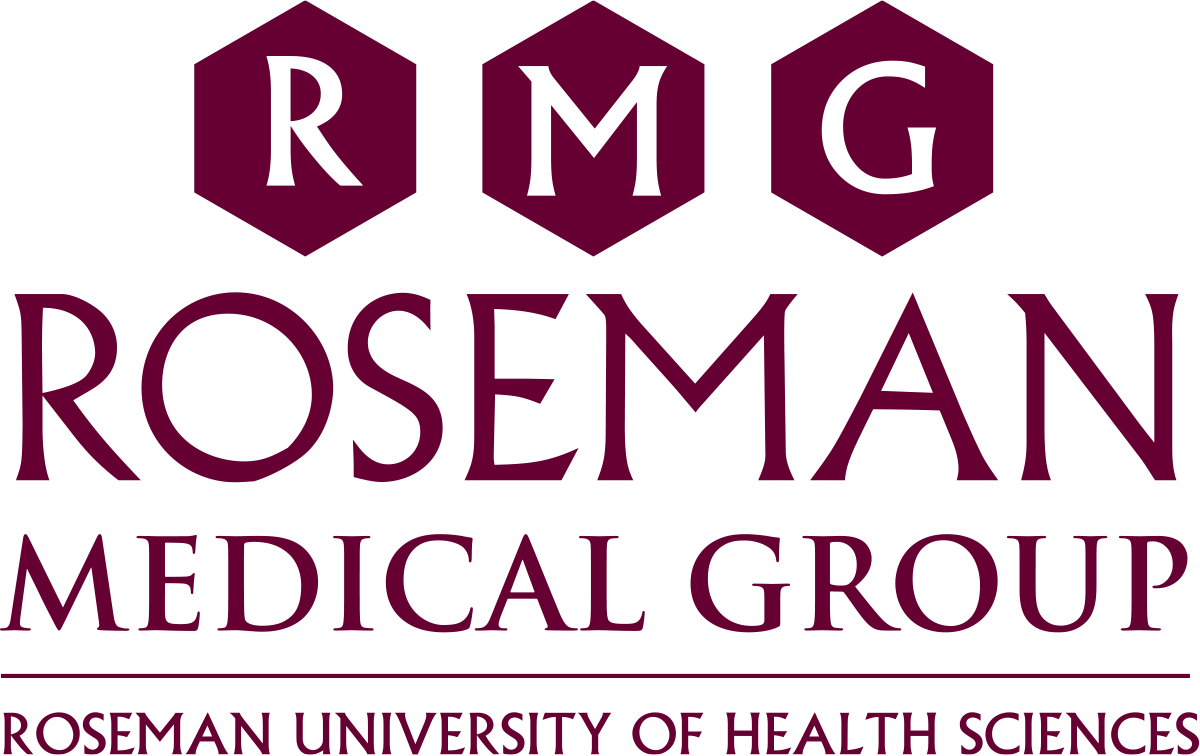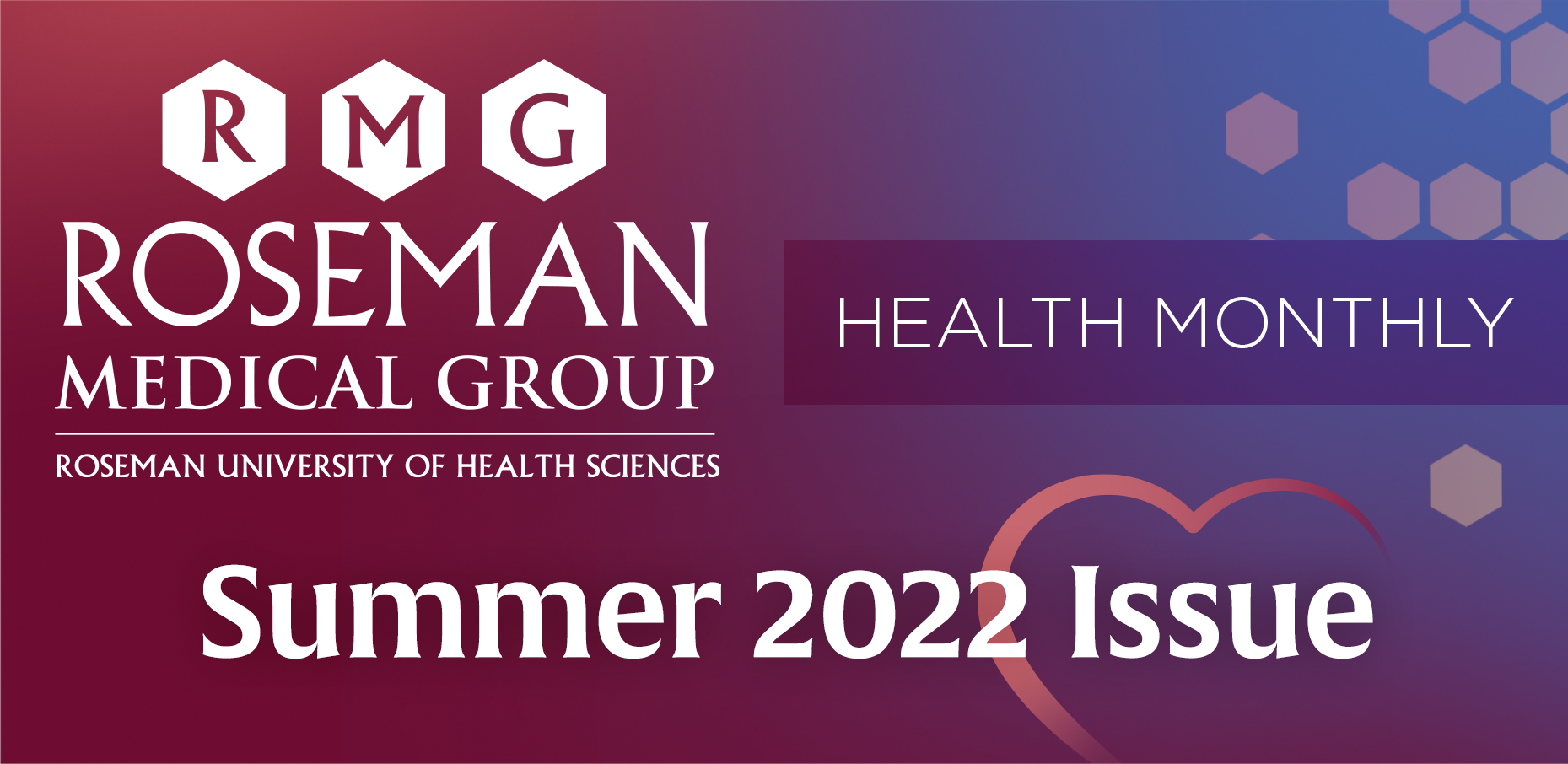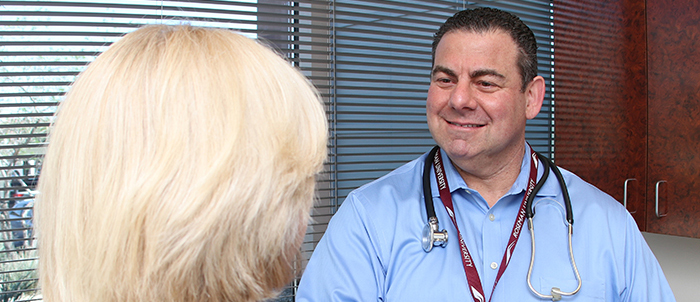Manas Mandal, PhD
Fulbright Specialist & Professor
When my daughters were young, I used to watch the kid’s movie Summer of the Monkeys with them. It was the story of a group of run-away monkeys from a travelling circus camping around the riverbank in a village. Well, it looks like 2022 is the summer of the monkeypox virus spreading worldwide, not the monkeys! But what is it? Is it another new virus spreading as COVID-19 did but now mostly under control and on its way out? Is this another respiratory virus infection spread through inhalation? Many questions remain unanswered and thus raising concerns in our communities.
There are both similarities and dissimilarities between severe acute respiratory syndrome corona virus 2 (SARS-CoV-2) that caused COVID-19 and the monkeypox virus infection. Both are zoonotic diseases, originally found in animals and later jumped species and started infecting humans. Both have cousins. SARS-CoV-2 belongs to a family of coronavirus, whose members include Middle East respiratory syndrome (MERS) and SARS. However, monkeypox virus is closely related to the human poxvirus. The human population have seen some form of earlier versions of these infections somewhere in the world. But the similarities end there.
Monkeypox virus is in the same family of the eradicated human smallpox virus. Human smallpox, one of the most dreaded diseases in the world, was declared eradicated in 1980 through mass vaccination. Monkeypox virus was originally discovered in 1958 in monkey colonies kept for research. The first case of human monkeypox was first recorded in 1970. Later, it was found sporadically in central and western Africa with low numbers of infections that were kept well under control and contained. In most cases, those infections could be traced to handling and being in physical contact with an infected animal. A limited amount of disease caused by international travel or importing an infected animal has also been documented in multiple continents.
But this time in the summer of 2022, it has changed completely. Although monkeypox is an old and rare infection, it has been spread and reported from 95 locations worldwide, with the largest location concentrations in Europe. And unfortunately, the highest number of reported infections in a single country is in USA with 15,342 infections as of the third week in August. Infectious disease experts believe that a gradual decline of herd immunity against the closely related smallpox virus perhaps allowed monkeypox to jump from its natural animal hosts to human. As the routine vaccination against smallpox was stopped in many countries in 1970s, sporadic cases of monkeypox were reported in central and west African rain forest villages near wild animal populations. Between 1970-1979, the World Health Organization (WHO) recorded just 45 cases.
This time, perhaps it’s a chance factor or few chance events when infected individuals, usually men who have sex with men, travelled to large gatherings in Canary Islands and Belgium in May that allowed the virus spread in various European countries and ultimately world-wide. The virus was perhaps already circulating predominantly in gay and bisexual communities. However, the infection is not limited to the gay community, as it can also occur outside of same-sex encounters. Sex is just another form of prolonged skin-to-skin contact, so an infected individual can transmit the virus through skin contact to another individual in many ways. Yet, approximately 98% monkeypox patients are men. Among those who reported their sexual orientation, 97% are men who have sex with men, according to the World Health Organization. Available CDC and WHO data suggest that any person can get the virus regardless of their gender, sexual orientation or age. Monkeypox is not considered a sexually transmitted disease, but often transmitted through close, sustained person to person contact.
Initial symptoms of the infection include fever, headache, muscle ache, exhaustion and swelling. Once the fever subsides, a rash usually develops, often beginning on the face then spreading to other parts of the body, most commonly on the palms of the hands and soles of the feet. The rash can be extremely painful and itchy, ultimately forming a scab which falls off later. The infection generally clears up on its own without any treatment and illness typically lasts between 2-4 weeks. The recommended isolation period is about three weeks from the onset of symptoms.
Unlike COVID-19, monkeypox spreads primarily through touch or close, intimate skin contact with someone who has rashes, scabs or lesions. Infection can also be spread by sharing towels or bedsheets with an infected individual during the two to four weeks of infection. Infection can spread beginning with the symptoms, until the rash has healed, and scabs have fallen off with a fresh layer of skin formed.
It’s important to note that monkeypox is also less deadly than COVID-19, with approximately 12 deaths reported in the current outbreak.
The U.S. federal government declared monkeypox a public health emergency in early August 2022 and ramped up testing, treatment and vaccination. The infection can be tested with a technique called RT-PCR and can be treated with TPOX, an antiviral drug. Although vaccination is an important tool in prevention of monkeypox virus in a vulnerable community, some behavioral changes would also help slow the spread of the virus. The U.S. Food and Drug Administration (FDA), with emergency use authorization, procured Jynneos monkeypox vaccines for people at highest risk of infection. Originally approved for smallpox and monkeypox in 2019 by the FDA, the vaccine has been proven to be about 85% effective in preventing monkeypox. Both TPox and the Jynneos vaccine are available through the Southern Nevada Health District.
Although the summer of monkeypox is causing concerns, we should not be too worried. Rather, we should protect ourselves against the infection with the available tools for risk reduction at the individual and community level. Early detection, isolation, treatment and vaccination will get us through and over this infection, which most likely will remain endemic for a few years in the U.S. and worldwide.





















 Lyme disease is caused by the bite of a tick, and Borrelia Burgdorferi, the Lyme disease bacteria carried by ticks. First discovered in 1975, Lyme disease is named for the town where it was first discovered in Lyme, CT. Lyme is most commonly spread by the blacklegged tick or deer tick, or western blacklegged tick. Ticks need to be attached for 36-48 hours in order for Lyme bacteria to be transmitted. Most humans are infected by nymphs, the immature tick, which are small and difficult to detect. Nymphs feed in spring and summer. Easy ways to prevent tick bites are to keep lawns mowed and short, to stay on trails and mowed areas, to wear long pants and long shirts and hats while outdoors, to spray clothing with Permethrin and to use DEET sprays, Picardin or Oil of Lemon Eucalyptus on exposed skin. Those visiting wooded areas should check themselves regularly after coming inside, shower immediately and search difficult to see places like the groin, scalp, underarms and behind knees.
Lyme disease is caused by the bite of a tick, and Borrelia Burgdorferi, the Lyme disease bacteria carried by ticks. First discovered in 1975, Lyme disease is named for the town where it was first discovered in Lyme, CT. Lyme is most commonly spread by the blacklegged tick or deer tick, or western blacklegged tick. Ticks need to be attached for 36-48 hours in order for Lyme bacteria to be transmitted. Most humans are infected by nymphs, the immature tick, which are small and difficult to detect. Nymphs feed in spring and summer. Easy ways to prevent tick bites are to keep lawns mowed and short, to stay on trails and mowed areas, to wear long pants and long shirts and hats while outdoors, to spray clothing with Permethrin and to use DEET sprays, Picardin or Oil of Lemon Eucalyptus on exposed skin. Those visiting wooded areas should check themselves regularly after coming inside, shower immediately and search difficult to see places like the groin, scalp, underarms and behind knees. Early signs of Lyme disease include fever, chills, headache, fatigue, joint pain, a telltale circular rash and swollen lymph nodes. These symptoms can worse days to months after a tick bite and can later include dizziness, shortness of breath, nerve pain, heart palpitations or facial palsy.
Early signs of Lyme disease include fever, chills, headache, fatigue, joint pain, a telltale circular rash and swollen lymph nodes. These symptoms can worse days to months after a tick bite and can later include dizziness, shortness of breath, nerve pain, heart palpitations or facial palsy. As our patients and friends make their way outside this spring and summer, remain vigilant in areas where there is a high incidence of Lyme disease. Prevention can go a long way in enjoying time outside. If you have concerns, talk to your Roseman Medical Group healthcare provider.
As our patients and friends make their way outside this spring and summer, remain vigilant in areas where there is a high incidence of Lyme disease. Prevention can go a long way in enjoying time outside. If you have concerns, talk to your Roseman Medical Group healthcare provider.